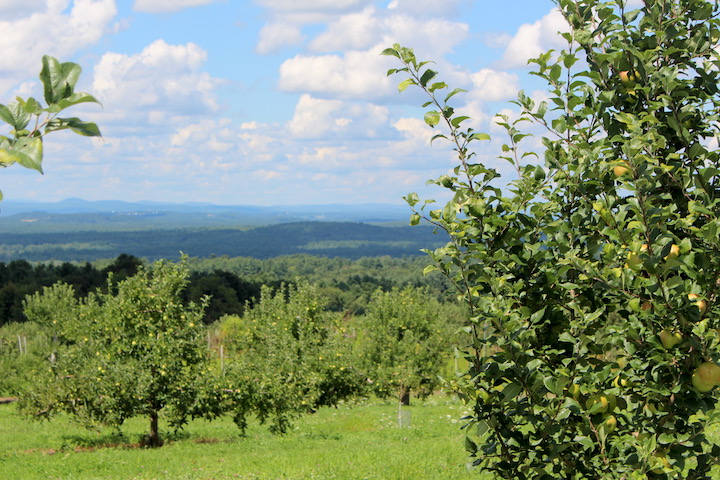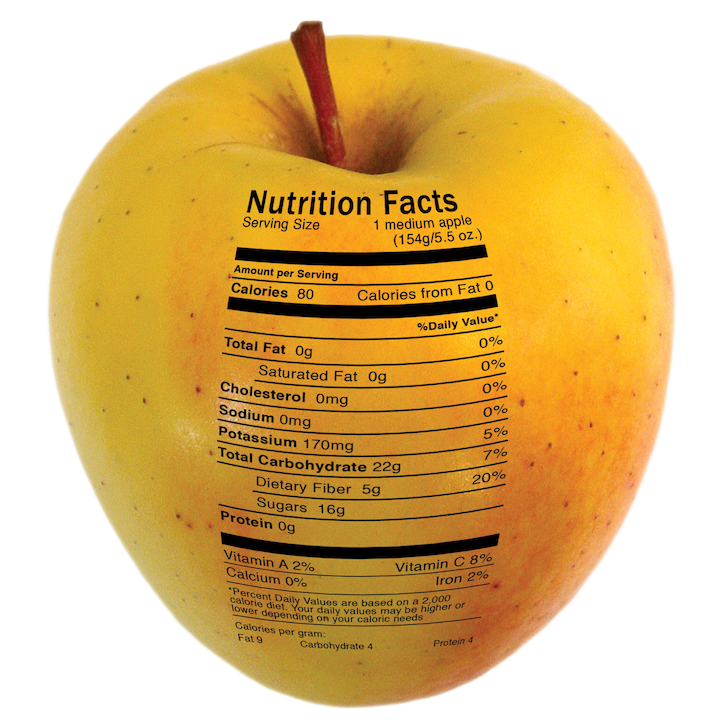
WHILE THE 2020 CROP was smaller than normal, there are plenty of crisp, delicious New England apples available at many orchards, farm stands, and grocery stores.
To find orchards that remain open and have apples, visit our Orchard Finder. Search for orchards by state or address, and click on the orchard’s name to see a full listing of the varieties it grows and the other products it sells.
Choose New England apples in your produce aisles, or ask for them!
The smaller crop was the result of several factors. Parts of the region experienced frost during the spring bloom period, killing the flower buds that would have developed into fruit.
Pollination at some orchards was spotty. “June drop,” the naturally occurring time when apple trees shed excess fruit, was heavier than normal.
It may simply be that the trees needed a little rest after a couple of heavy bearing years in a row. If so, they should come back strong in 2021 with all of their juicy goodness.
* * *
BEWARE the trademarked apple! Many new apple varieties appearing in supermarkets now cannot be grown in New England due to restrictive trademarks. Consumers interested in locally grown fruit should be aware of this trend.
Many trademarked apples have been developed for sweetness and their ability to travel. Their hard flesh makes them less vulnerable to bruising and easier to store and ship. Their cloying sweetness often comes at the expense of apple flavor.
Perhaps they would improve if grown in New England’s soil and climate. But unless and until the trademark owner — typically a conglomerate, sometimes a single orchard — makes the apple available and affordable, they cannot be grown here.
For the best in apple flavor, texture, and aroma, look for New England-grown favorites like Cortland, Empire, Golden Delicious, Honeycrisp, and McIntosh. Many other varieties are still available at farm stands.

* * *
EAT AN APPLE! Pick from all the apple color groups: red, yellow, green, brown, even black! Each color offers different beneficial phytochemicals like flavanoids and polyphenols, which are found both in the flesh and especially in the skin of apples.
These phytochemical ward off such diseases as cancer (especially breast, lung, and colon cancers), cardiovascular disease, type 2 diabetes, asthma, and Alzheimer’s disease and other brain disorders.
Eat the peel! Apple peels contain quercetin, an antioxidant that helps regulate the immune system and reduce inflammation. Other antioxidants in apples prevent plaque from forming in your arteries.
Eat the apple core?! New studies show that ten times more beneficial bacteria live in the core of an apple than in the flesh and peel. Not to mention the extra fiber! And apples are so high in fiber that eating one before a meal can help with obesity by reducing caloric intake by 15 percent. Pectin, the water-soluble fiber in apples, also helps lower blood cholesterol levels.
Eating apples decreases calcium loss in your body and the risk of osteoporosis by improving the density of your bones.
Even smelling an apple has its benefits! The scent of apple may reduce the intensity and length of a migraine headache. Specifically, green apple aromatherapy can decrease feelings of anxiety.
For more, visit Apple Nutrition.
* * *
A READER WRITES with helpful ideas about applesauce:
“My older daughter is vegan. When she comes home to visit, we adjust some of our regular cooking habits. A good egg substitute is 1/4 cup of applesauce. This works for many baked goods, including pancakes.”
* * *
NEW ENGLAND APPLE GROWERS use integrated pest management (IPM), a series of low-impact and natural strategies to combat harmful bugs, bacteria, and other orchard pests.
These methods include the use of pheromones to disrupt an insect’s life cycle; strengthening the trees’ natural defenses; eliminating competition; sophisticated monitoring of weather; and use of chemicals only in affected sections of the orchard after a threshold of economic loss has been met.
To learn how IPM is used in the orchard, watch these videos made at Apple Hill Farm, Concord, New Hampshire, and Rogers Orchards, Southington, Connecticut: